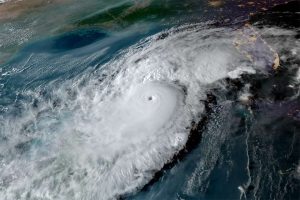 In the aftermath of two powerful hurricanes the process of assessing the damage and rebuilding begins. Businesses suffered billions of dollars in losses during hurricanes Helene and Milton, both in physical property damage and disruption of their business (i.e., lost profits). That is precisely why businesses purchase property and other commercial insurance—to indemnify them when disaster strikes. However, it is not uncommon for businesses to be unpleasantly surprised when they present a claim to discover that their insurers are unwilling to stand behind the full insurance coverage they promised. This is particularly so in the case of a substantial loss, and even more so in the aftermath of a wide-area catastrophe—such as a hurricane or other natural disaster—because such catastrophes have negative repercussions on insurers given the number of impacted policyholders.
In the aftermath of two powerful hurricanes the process of assessing the damage and rebuilding begins. Businesses suffered billions of dollars in losses during hurricanes Helene and Milton, both in physical property damage and disruption of their business (i.e., lost profits). That is precisely why businesses purchase property and other commercial insurance—to indemnify them when disaster strikes. However, it is not uncommon for businesses to be unpleasantly surprised when they present a claim to discover that their insurers are unwilling to stand behind the full insurance coverage they promised. This is particularly so in the case of a substantial loss, and even more so in the aftermath of a wide-area catastrophe—such as a hurricane or other natural disaster—because such catastrophes have negative repercussions on insurers given the number of impacted policyholders.
This article highlights eight property adjustment and coverage issues. Understanding and being thoughtful about these issues now, including working with coverage counsel as appropriate, is critical to maximizing insurance recovery.
 Policyholder Pulse
Policyholder Pulse



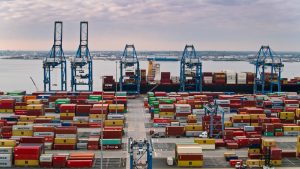 In the early morning of March 26, 2024, a cargo ship estimated to weigh more than 100,000 tons catastrophically struck the 1.6-mile-long Francis Scott Key Bridge while departing the Port of Baltimore. This led to fatalities and interruptions to the major maritime artery into and out of the port city. Not only did
In the early morning of March 26, 2024, a cargo ship estimated to weigh more than 100,000 tons catastrophically struck the 1.6-mile-long Francis Scott Key Bridge while departing the Port of Baltimore. This led to fatalities and interruptions to the major maritime artery into and out of the port city. Not only did  A few weeks have passed since the Suez Canal was cleared of the now infamous Ever Given, the quarter-mile-long, 220,000-ton cargo ship that ran aground, clogging one of the world’s most crucial shipping arteries for over six days. For almost a week, the world was captivated by an 869-foot-wide portion of the historic canal built in 1869 to connect the Mediterranean Sea to the Red Sea through the Isthmus of Suez. Ordinary people from all walks of life instantly became armchair marine engineers, nautical scientists and tugboat captains, offering advice on how to free the ship in a matter of minutes, while hundreds of massive cargo vessels sat stranded at either end of the canal. Finally, on March 29, 2021, after around-the-clock efforts by international teams, salvage crews extricated the ship, allowing the rest of us to turn (reluctantly) back to our day jobs.
A few weeks have passed since the Suez Canal was cleared of the now infamous Ever Given, the quarter-mile-long, 220,000-ton cargo ship that ran aground, clogging one of the world’s most crucial shipping arteries for over six days. For almost a week, the world was captivated by an 869-foot-wide portion of the historic canal built in 1869 to connect the Mediterranean Sea to the Red Sea through the Isthmus of Suez. Ordinary people from all walks of life instantly became armchair marine engineers, nautical scientists and tugboat captains, offering advice on how to free the ship in a matter of minutes, while hundreds of massive cargo vessels sat stranded at either end of the canal. Finally, on March 29, 2021, after around-the-clock efforts by international teams, salvage crews extricated the ship, allowing the rest of us to turn (reluctantly) back to our day jobs. There has been a drumbeat of
There has been a drumbeat of 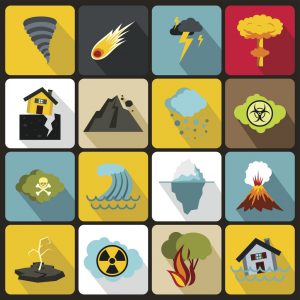 season, it seems like natural disasters have been near constant over the past year. In addition to the catastrophic toll these events take on people and communities, the toll on a business can be high. Understanding the full range and implications of your company’s risks, and putting the right coverage in place to protect against those risks, is vital. When a natural disaster strikes, having appropriate levels of property damage, business interruption and contingent business interruption insurance can be three keys to stability.
season, it seems like natural disasters have been near constant over the past year. In addition to the catastrophic toll these events take on people and communities, the toll on a business can be high. Understanding the full range and implications of your company’s risks, and putting the right coverage in place to protect against those risks, is vital. When a natural disaster strikes, having appropriate levels of property damage, business interruption and contingent business interruption insurance can be three keys to stability.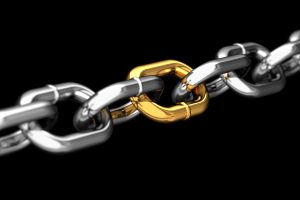
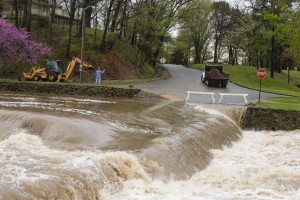 obtaining insurance proceeds and FEMA assistance are critical and immediate steps to recovery. The following practices can help maximize your recovery.
obtaining insurance proceeds and FEMA assistance are critical and immediate steps to recovery. The following practices can help maximize your recovery.